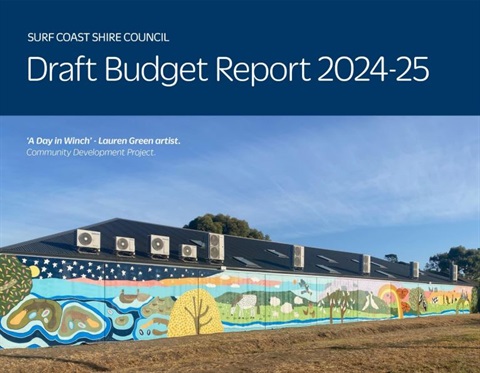Young girls are just as likely to be living with language difficulties despite more boys being referred for support services, according to a new Curtin-led study that seeks to shatter the “referral bias” and help parents advocate for their children.

The study – the first to detail the prevalence of Developmental Language Disorder (DLD) in Australian children – examined the language skills of more than 1,600 children aged 10 years as part of the Raine Study, the nation’s longest-running public health study.
Published today in the Journal of Paediatrics and Child Health, it found the most significant predictor of a child being diagnosed with DLD at 10 years of age was being exposed to smoking during pregnancy, with the odds of meeting the criteria of DLD 2.56 times greater than mothers who did not smoke at 18 weeks gestation.
Lead author Dr Sam Calder, from the Curtin School of Allied Health, said he was concerned more young girls were not being diagnosed with DLD given the potentially life-long consequences of not receiving the appropriate care and support.
“This study suggests an alarming number of children aren’t getting the help they need, meaning they may go their entire lives without realising a language disorder could explain why they had such a hard time learning at school or struggled in social situations more than their peers,” Dr Calder said.
“Despite more young boys being referred for clinical services, our study found no significant difference between boys and girls meeting the criteria for DLD, pointing to a ‘referral bias’ for young boys.
“It is therefore vitally important for parents, educators and health professionals to be vigilant in advocating for young girls with language and learning challenges to ensure they receive the same support boys are receiving.”
Co-author Dr Lizz Hill, also from the Curtin School of Allied Health, said the study showed about two kids in every WA classroom was likely to experience life-long language problems that may impact their psychological, academic, and vocational wellbeing and success.
“The study showed a higher proportion of 10-year-old children meeting the criteria for DLD were born preterm, exposed to smoking in pregnancy, had a father that did not live at home, and were read to less than once per week as a three-year-old,” Dr Hill said.
“After analysing the experiences of more than 1,600 children, we found smoking in pregnancy was the most significant predictor of a child being diagnosed with DLD. It is critical that we identify and support these children early in order to promote the best possible outcomes. This includes raising awareness of the potential impact of smoking during pregnancy on a child’s life-long language and communication skills.”
DLD is a brain difference that makes talking and listening difficult, for no known reason.
Perth couple Stephen and Santina Morphett are helping to raise awareness of Developmental Language Disorder after their 10-year-old daughter Aleysha was diagnosed in pre-primary.
Mr and Mrs Morphett said it was important for people to take the time to learn about DLD because two children in every classroom, on average, would have this hidden condition yet community awareness remained extremely low.
As part of Aleysha’s NDIS support, she has fortnightly speech therapy, a speech tutor to help with her homework for two hours a fortnight and she sees an OT fortnightly. This is maintaining her current skills to ensure she does not fall any further behind because of her DLD.
“We can’t change the world but we can change Aleysha’s world,” Mr and Mrs Morphett said.
The study also involved experts from the Telethon Kids Institute and The University of Western Australia.
On October 14, Developmental Language Disorder Awareness Day will help to raise awareness of this little-known neurological condition that affects an average of two students in every class of 30.
The full paper, ‘The Prevalence of and Potential Risk Factors for Developmental Language Disorder at 10 years in the Raine Study’, can be viewed online here.
About the Raine Study
Established in 1989, the Raine Study is Australia’s longest running public health study and one of the most successful multi-generational cohort studies anywhere in the world. Based in Perth, it has studied the same group of nearly 3,000 young Western Australians since before they were born, as well as their parents, grandparents and now their own children. Thirty years on, discoveries from the Raine Study continue to have significant impact on health policy, practice, and education through ground-breaking research that examines influences, pathways and outcomes through all aspects of human life. The Raine Study is a joint venture between The University of Western Australia, Curtin University, Telethon Kids Institute, Women and Infants Research Foundation, Edith Cowan University, Murdoch University and The University of Notre Dame Australia. Flinders University in South Australia and Newcastle University in New South Wales are Institutional Partners. The study receives additional funding support from the Raine Medical Research Foundation and National Health and Medical Research Council.
For more information visit www.rainestudy.org.au







